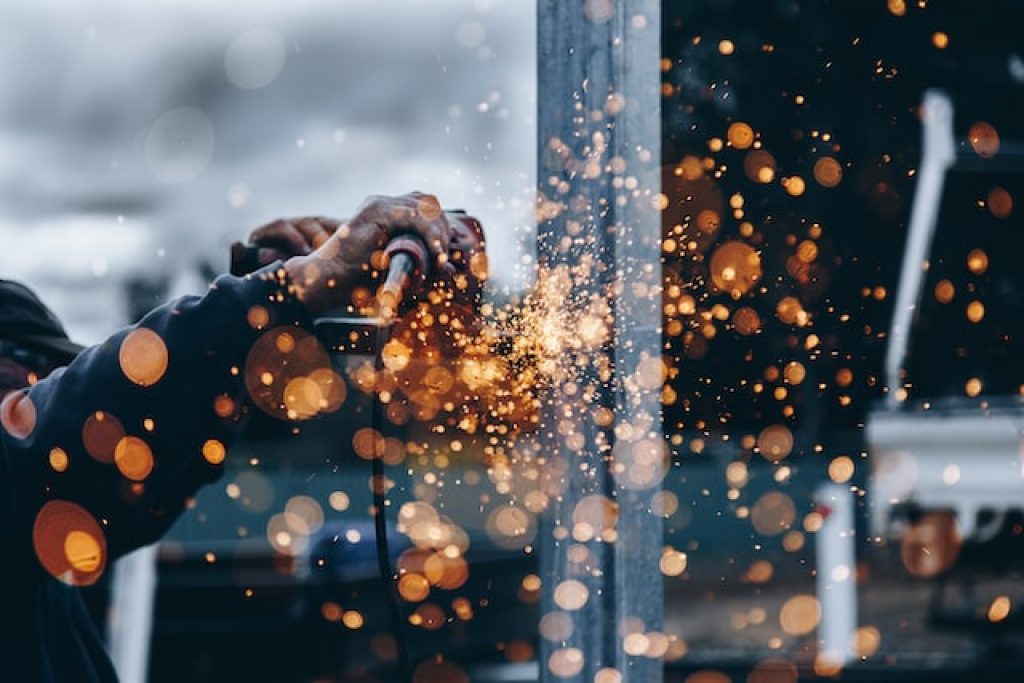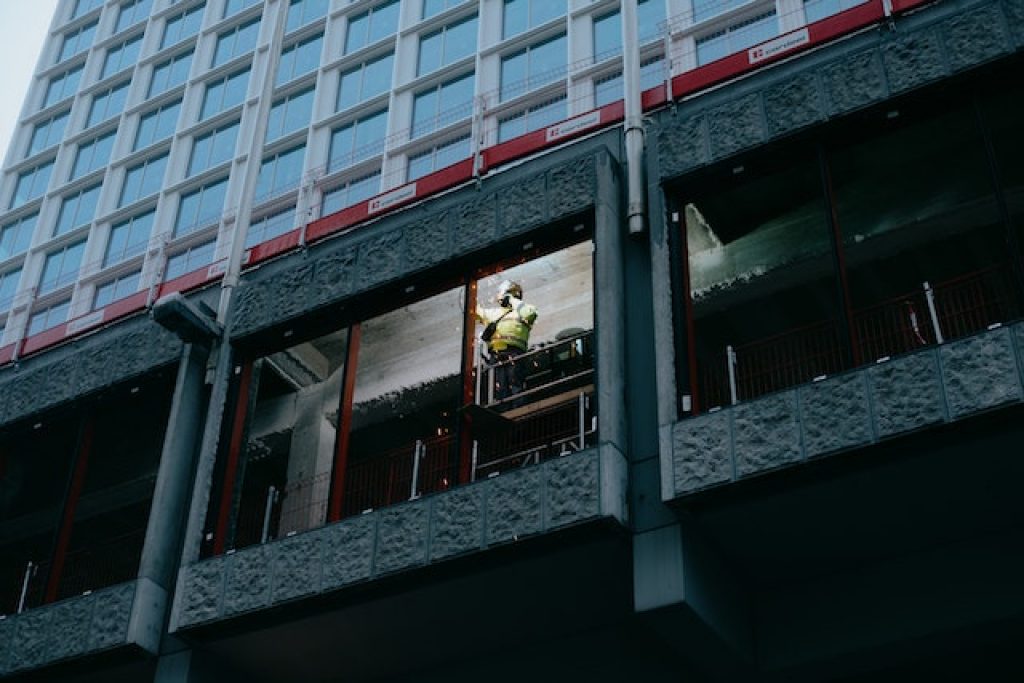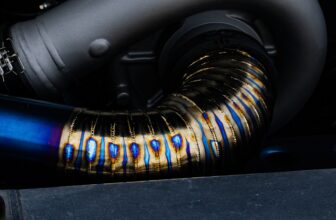Field welding can be a very simple or complicated process, depending on the situation. when installing valences, handrails, or staircases, field welds may be necessary to secure the pieces in place. however, some field welds can be very dangerous if not performed properly.
Welders should take measures to protect themselves and the surrounding area before beginning a field welding project. This may include covering high-end windows and woodwork to prevent any damage. It is also important to be aware of potential hazards, such as gas tanks or other flammable objects nearby.
Types of field welds
Ornamental Field Welds

Welding can be a complicated process, but with careful preparation, it can be safe and successful. In field welding, it is important to protect any finished surfaces from the sparks and heat of the welding process. This can involve using protective coverings like Ram Board, or taking other precautions like installing temporary shielding. It is also important to be aware of the types of field welds that can be safely performed.
I wrote a post on protective welding blankets. Be sure to have a look
Some field welds, like TIG welding, are relatively simple and don’t require much time or preparation. See our TIG welding chart for settings
Others, like welding inside of a finished house, can be more complicated and require additional safety measures. With careful planning and preparation, field welding can be a safe and successful process. So whether you are installing a valence or welding inside of a high-end home, take the necessary steps to ensure safety and success in your field welding projects.
Structural Field Welds

There are two common ways to install beams that have been fabricated in a shop: bolting them or welding them. Ironworking protocols are very specific, and the ultimate decision of how to install the beams lies with the engineer. Following the blueprint to a tee is critical for these types of projects where any mistakes could be catastrophic.
The stick welding process is often used in structural field welding because it is convenient. The power generator can be 4 stories below the welder, and long enough leads can reach up to where the welding is taking place.
Structural field welding has become more popular with dual shield flux core MIG, but it is infinitely more difficult to lug around a MIG machine on-site. You will need long extension cords and MIG cables, as well as bulky gas cylinders that can be a pain to transport. Plus, many welders find it more convenient to stick with the stick welding process.
Increasing capacity for field weld, vs shop weld
When field welds are performed by a standard such as AWS D1.1 or D1.4 (required in the US), they can be just as strong and durable as shop welds. While field welds may not always be as pretty as those done in a shop, this does not mean that they are of lower quality. Field welds can be just as strong and functional as those done in a shop if they are performed correctly. Therefore, it is important to focus on quality and safety when performing field welding, rather than worrying about whether or not the welds are being performed in a shop. With the right techniques and equipment, field welds can be safe and reliable, allowing you to meet your production goals and maximize your capacity for field welding.
When it comes to field welding, it’s important to be aware of the risks involved and take the necessary precautions to ensure a safe and quality weld. Some field welds are produced to lower qualities than would be accepted by the specification, and some projects/contractors do not fulfill the inspection/QA requirements specified for them. As such, many engineers (myself included) may increase the weld size to account for a difficult-to-perform field weld or a field weld performed by a contractor who has a poor history of quality. However, by taking the proper precautions, you can safely produce high-quality field welds.
Effect of wind on field weld quality
Field welds can be subject to the same quality concerns as shop welds, but there are some additional factors to consider when performing field welds. The wind can affect the quality of the weld, so it’s important to take that into account when planning the weld. Additionally, the temperature of the base material can affect the weld, so it’s important to make sure that the material is properly prepared and that the weld is performed in an appropriate environment. Considering these factors, you can help ensure a quality field weld.
Field weld symbol
What steps should you take for field welding
1. Choose the Right Filler Material
When selecting a filler material for field welding, it is important to choose one that will match the chemical and mechanical properties of the parent material. This will ensure the durability and longevity of the weld joint. Some factors that should be considered when making this decision include the chemistry and mechanical properties of the parent material, as well as the intended use of the welded joint. A technician should always consult with a welding supplier to select the right filler material for a specific application.
It is important to use a filler material with a tensile strength that is equal to or greater than the lowest tensile strength of the parent material. This will ensure that the weld joint is strong and durable. The filler and parent materials should have complementary chemistries to ensure maximum adhesion. Additionally, field welding requires careful preparation and precise execution to achieve optimal results.
2. Handle the filler material correctly
When handling welding materials, it is important to remember that any dirt or grease can transfer to the filler metal. This can cause contamination in the weld pool. Therefore, you should always use clean gloves when removing stick electrodes from cartons or wire spools from sealed packages. Additionally, it is important to let the filler metal acclimate to the ambient temperature before making a weld.
3. Use the right Cable Sizing and Length for the project
Make sure you use the right cable size and length for your project – if the cables are too small or too long, it can affect the quality of your weld. Second, make sure the cables are strung out and not coiled up – this will help reduce resistance in the welding circuit. Finally, check the cable connections frequently and make sure they’re tightened and clean. With these precautions in mind, field welding can be a safe and efficient way to get things done.
4. Clean the surface and the joint
Once you’ve decided on the best type of filler material, the next stage in welding is to clean it. Any leftover dirt, rubbish, rust, paint, or oils around the weld area could weaken the eventual weld’s quality. The surface area must be cleared of any debris or dirt before welding can begin; otherwise, the weld will not adhere.
Grinding down these elements is crucial to starting a new joint. Wipe the parent material with a clean cloth until it’s free of contaminants before beginning to weld. If the parent material is cleaned before welding, there will be a decrease in visibly porous welds (which show signs of cracking or splitting). Thoroughly clean all equipment before welding any repairs made in the field to ensure a strong and durable weld joint.
5. Consider how the environment will impact the weld quality
Field welding is a necessary repair technique that can be done in a variety of field environments. However, it is important to consider the environmental conditions when performing field welding. Some welding processes are more resistant to wind, while others require additional shielding to prevent defects.
When using a 7018 electrode, you will likely be fine in most environments, but gas-shielded processes may require additional measures to ensure good shielding. If you cannot provide shielding in the field, then you should consider using a self-shielded type process. Ultimately, it is important to take the field environment into account when performing field welding to achieve optimal results.
6. Preheat and keep the weld Area at the right temperature
Preheat the steel to be welded according to the welding manufacturer’s recommendations. This will help to ensure a successful weld. If you are field welding, it is important to keep the welding area at the correct temperature. A hot welding arc cannot successfully be applied to cold steel. The temperature differences will lead to imperfections in the weld.
Preheat the weld area to eliminate any oxygen, hydrogen, or other gases that might compromise the integrity of your weld. This will help to ensure that the weld is successful and does not crack or distort. Additionally, maintaining the proper temperature will help to ensure that your field welding process is effective and precise. By preheating the parent material and keeping the weld area at a consistent temperature, you can achieve high-quality welds with minimal effort.
When field welding, it is important to take several safety precautions to avoid injury. First and foremost, always wear welding gloves and a welding helmet to protect your hands and eyes. Make sure that the area you are welding in is well-ventilated, as fumes from the weld can be harmful. Do not weld near flammable materials, and always make sure that the weld area is cool to the touch before finishing the weld.
Conclusion
Field welding can be a challenging but ultimately rewarding process. By following the safety precautions and preheat instructions listed above, you can field weld with confidence and achieve high-quality welds. Let me know if you have any questions about field welding or how our team of experts can help you get started.







